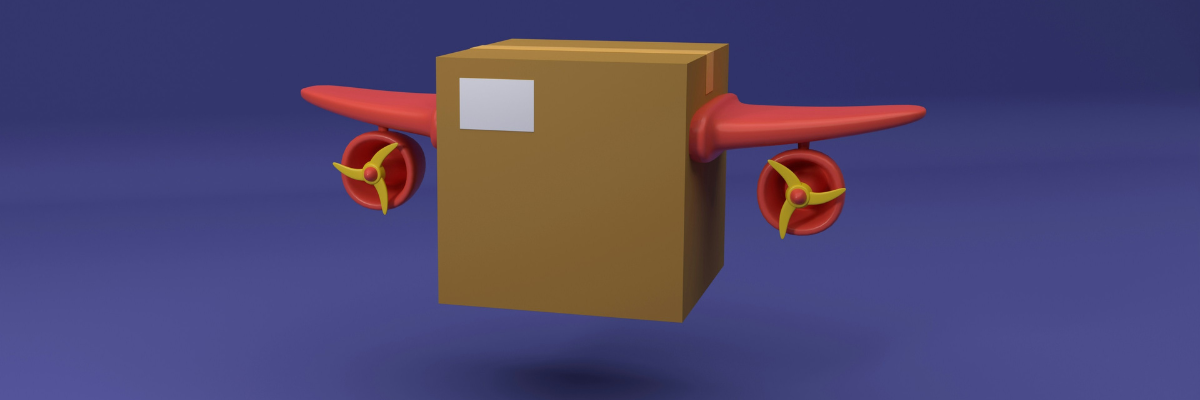Anyone working in fashion e-commerce knows that returns can become a serious issue if not managed strategically. On average, in the online fashion sector, the return rate easily exceeds 30%, eroding margins and putting customer loyalty to the test.
Reducing this percentage means freeing up resources, increasing profitability, and turning the post-sale experience into a competitive strength.

Online right of withdrawal: rules, timelines, and seller obligations
When it comes to distance purchases, the online right of withdrawal is a fundamental topic. Every consumer who buys from a fashion e-commerce has the right to return an item within 14 days of receiving it, without any obligation to provide reasons. This rule is established by the Consumer Code and is designed to protect those who purchase without being able to physically touch or try what they buy.
For e-commerce brands and those managing reverse logistics, this means ensuring transparency, fast refunds, and a clear procedure. The better the information is displayed on the website, product page, and during checkout, the lower the chances of having to handle complaints or misunderstandings. It’s not enough to comply with legal terms: the clarity with which the online right of withdrawal is communicated makes the difference, as it helps reduce unnecessary e-commerce returns, often linked to impulsive purchases driven by lack of information.
Cause analysis: why customers return clothing
Before trying to reduce e-commerce returns, it’s necessary to understand the main reasons why customers exercise the online right of withdrawal. In fashion e-commerce, the wrong size is by far the most common cause: size guides are not always detailed or clear, photos often fail to do justice to the actual fit, and important details remain hidden. Added to this is impulsive buying, fueled by discounts or aggressive marketing campaigns: it’s common for customers to order multiple items knowing they will return some.
To contain the phenomenon, the only way is to work on the pre-purchase experience. Improving product pages, including realistic photos, videos showing worn garments, detailed size guides, and, if possible, digital tools like virtual fitting rooms can make a huge difference. Even a responsive customer care, capable of quickly answering doubts, helps prevent avoidable returns.
Reverse logistics and packaging: pillars of efficient returns management
Reducing e-commerce returns does not mean eliminating them entirely. For this reason, having a well-structured returns management system becomes the real secret weapon for those working in fashion e-commerce. Efficient reverse logistics allows you to reduce operating costs, speed up the restocking time of returned items, and turn the return moment into a positive experience for the customer as well. Hubrise, for example, offers a tailored reverse logistics service for the fashion sector, simplifying every step: from pickup of the return at the customer's address, to inspection of the item, up to restocking or disposal management, if necessary.
Even packaging plays a fundamental role. Providing easy-to-reuse packaging for returns, including clear instructions and, when possible, a pre-paid return label reduces errors and speeds up operations. A customer who finds the procedure simple and intuitive is more likely to respect timing and conditions, avoiding costly complications for the seller. The goal is not to encourage returns but to make them smooth, fast, and economically sustainable when unavoidable.

KPIs and tools to monitor e-commerce return reduction
Anyone aiming to reduce e-commerce returns must have a clear understanding of the key numbers to monitor. Implementing best practices is not enough: data must be constantly tracked to determine if strategies are truly effective. The main indicators to watch are the return rate over total orders, the most frequent reasons behind each return, average processing and refund times, and the impact of returns management costs on overall revenue.
Advanced CRM tools, logistics software, and integrated e-commerce solutions like those from Hubrise help brands collect and analyze all this data automatically. Having a clear overview allows immediate action on critical points, optimization of reverse logistics, identification of areas to improve product information, or where to enhance customer service.
To reduce e-commerce returns by at least 20%, a structured approach is required, based on clear rules for the online right of withdrawal, transparent communication, well-organized returns management, and constant monitoring. And if an expert partner like Hubrise supports this process, the path becomes even more concrete and effective.